Jason Goodwin: The day our little corner of England changed forever
An archaeological discovery near Jason Goodwin's idyllic spot has sparked excitement far and wide — but not a little dismay nearer to home.
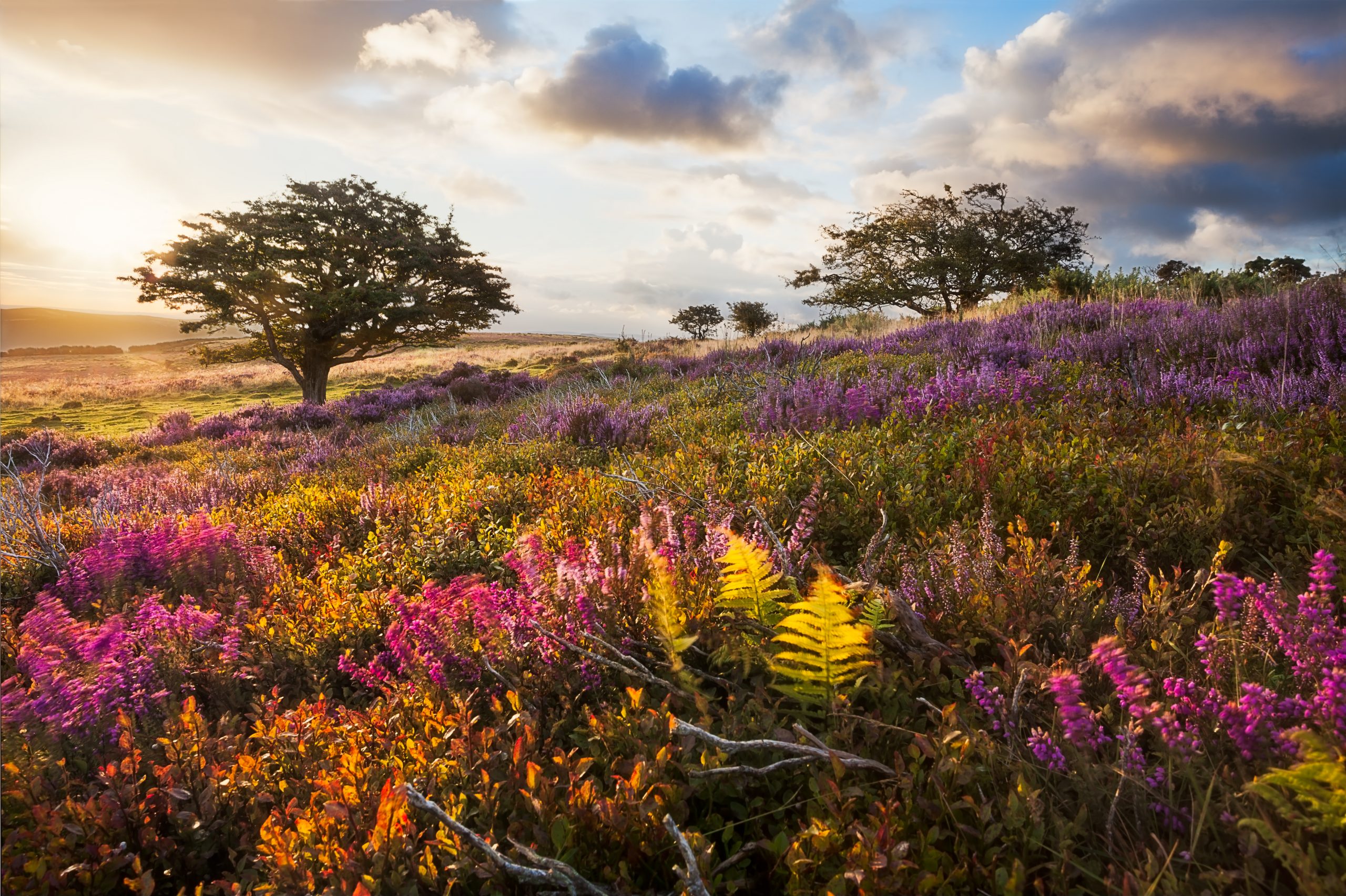
The moment I saw the Macmillan charity walkers striding by with their T-shirts and sticks, I knew the game was up and nothing in the valley would ever be the same again. It began when the Natural England volunteers turned up last year to lay the hedges and clear the underbrush along the bottom of the Valley of Stones.
Nature bequeathed us a scattered trail of sarsen stones, made up like concrete of thousands of stones welded together, dotted along the walls of the valley, but gathered mostly in the bottom. The stones are left from the Ice Age, shattered fragments of a sedimentary crust that once arched over the whole hill and which, slowly dissolving in the warming air, sank down and embedded its pieces in the valley floor.
Ridges and lines squared off across the grass reveal the marks of Neolithic farming, the impress of old enclosures and plough lines. On the upper slopes, regular burning now keeps down the gorse; the spread of bracken is countered by rollers, cattle and a pack of little Exmoor ponies that roam the hills (the ponies I don’t trust: they keep me watching over my shoulder when I walk the valley).
The blown-out hedges were tackled by the volunteers, and fenced, mulched and replanted where they had grown too thin; the brash and undergrowth that had crept out from the hedge line was hacked back, to reveal more stones. At least one is the size of a small car, but they are mostly pram-sized or walrus-sized, rooted in the grass. Some are covered in rare lichens that repay expert study. Some, rescued from the engulfing brush, are bright and naked. Many contain small declivities and holes that fill with water after rain. And one of them became a local, then a national, celebrity.
"We’ve been in uproar ever since. There must be as many as 30 people a day making the pilgrimage"
For, after the volunteers and Natural England rangers, the archaeologists arrived. I’m not sure what they were looking for, but by chance they found what they term a polis-soir and we might call a whetstone. It’s a large boulder embedded in the ground with a smooth, slightly cupped top, where it is surmised that people used to sharpen and polish axe heads some 5,000 years ago. Axes travelled widely, sourced from flint, tufa or granite, and they would have needed regular sharpening. Yet this is only the second fixed whetstone ever found in England.
Exciting? We’ve been in uproar ever since. There must be as many as 30 people a day making the pilgrimage to see the whetstone. We spotted my daughter’s old geography teacher up there with his family, and picnickers celebrating a 60th birthday, not to mention photographers, Instagrammers, curious newspaper readers and the usual hikers. The Macmillan walkers were possibly scouting out a new charity route. The grass around our stone celebrity has been trampled into mud. If it wasn’t so wet, I’d expect to see a lemonade stall by the gate.
Now that the stones have a celebrity in their midst, they have grown even more individual and distinct. I don’t think it’ll last. Not everyone, locally, takes the archaeologists’ claims for the stone at face value. A farming friend thinks it more likely that the surface was polished smooth by a limb of a tree, rubbing back and forth over the millennia. One landowner nearby likes to imagine it was smoothed by the bottoms of Neolithic lovers.
Exquisite houses, the beauty of Nature, and how to get the most from your life, straight to your inbox.
I recognise their instinct to play it down; to wear it away; to lose the story under a tangle of surmise. Archaeologists and volunteers may come and go, but there’s always the brush, and the nettles, creeping out from the hedge, and the stones themselves, tucked away in their stony ancient sleep.
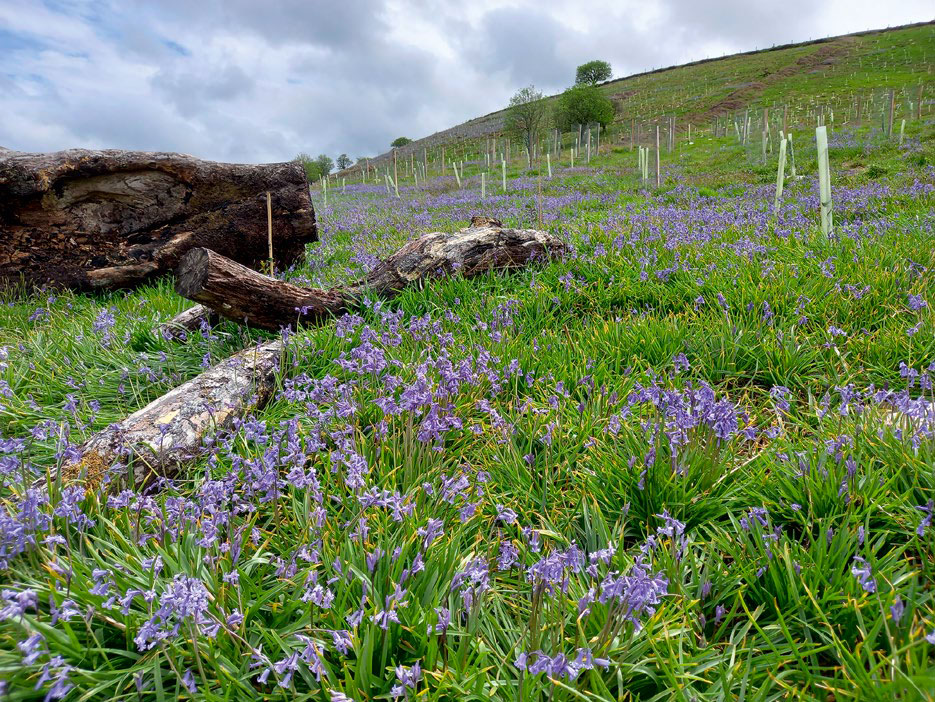
Credit: Exmoor National Park Authority
The mysterious sea of bluebells that appeared on Exmoor
A remote part of Exmoor has burst into springtime colour for the first time in centuries.
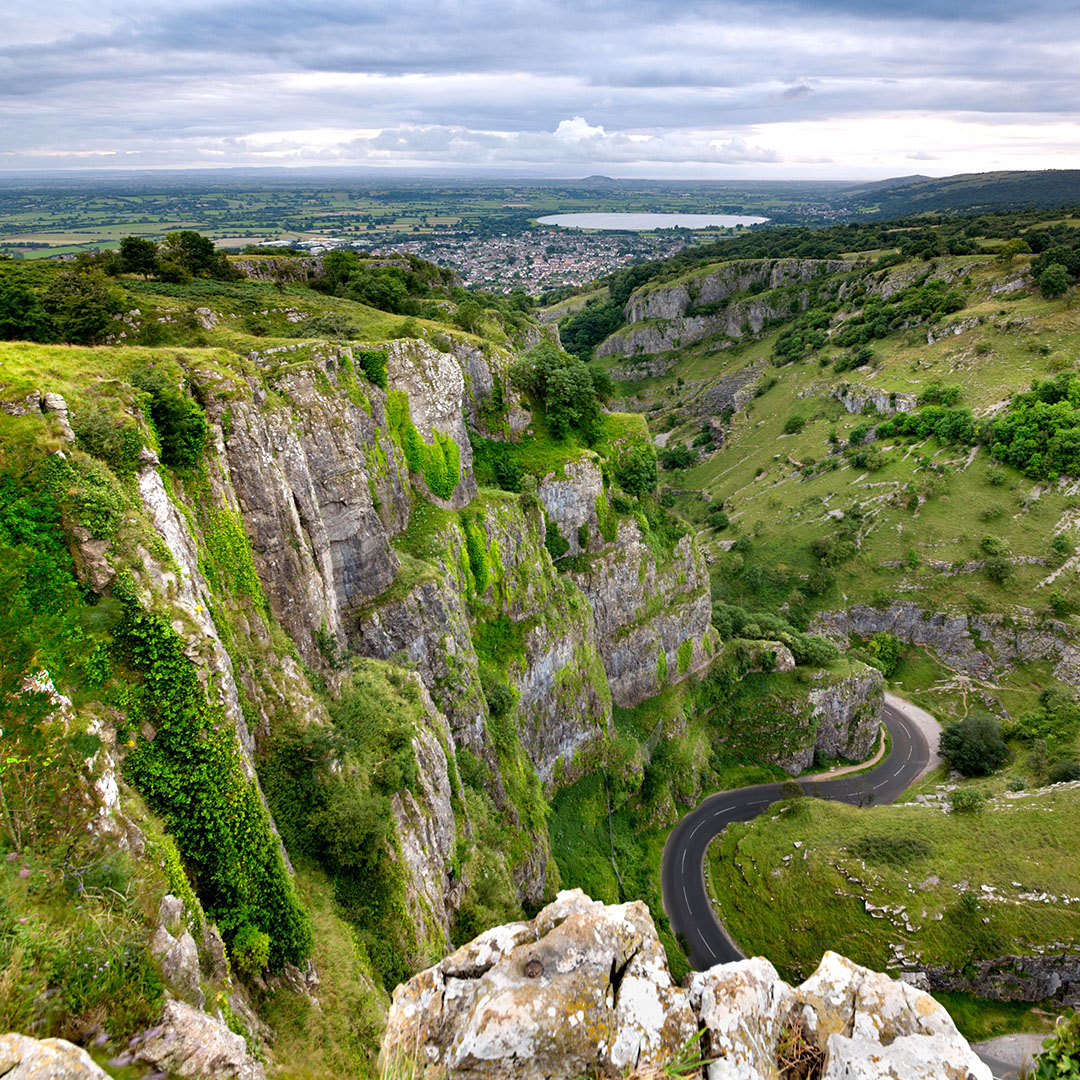
Cheddar Gorge and The Mendips AONB: The landscape that inspired ancient cave painters, William Blake and a thousand magnificent photographs
Local legend has it that Jesus Christ himself once walked the green hills of the Mendips — and while that tale
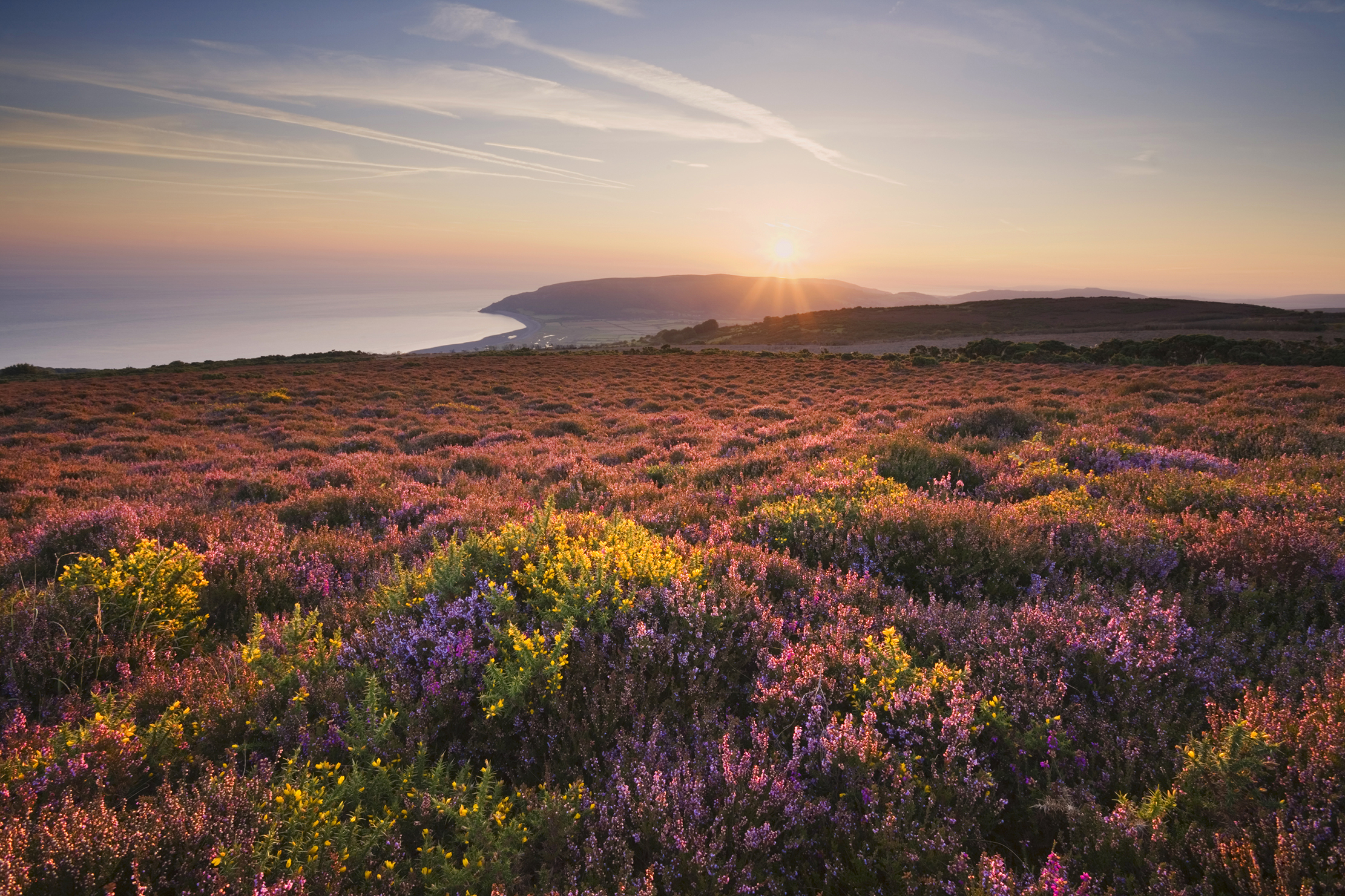
National Parks hit by the financial crisis: 'It's never been anywhere near as bad as this in 30 years'
'The green lungs of the nation' have seen their funding fall as much as 40% in real terms over the
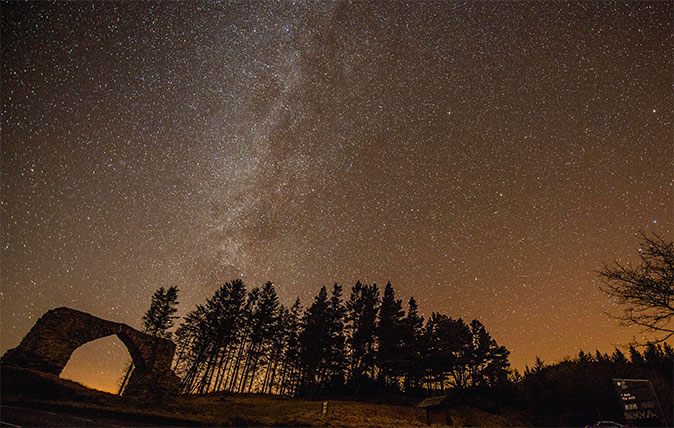
Credit: Shutterstock
Starry skies of Britain: 10 of the best places to go stargazing in the UK
Britain's starry skies can be spectacular, but you need to be in the right place to avoid light pollution. Julie